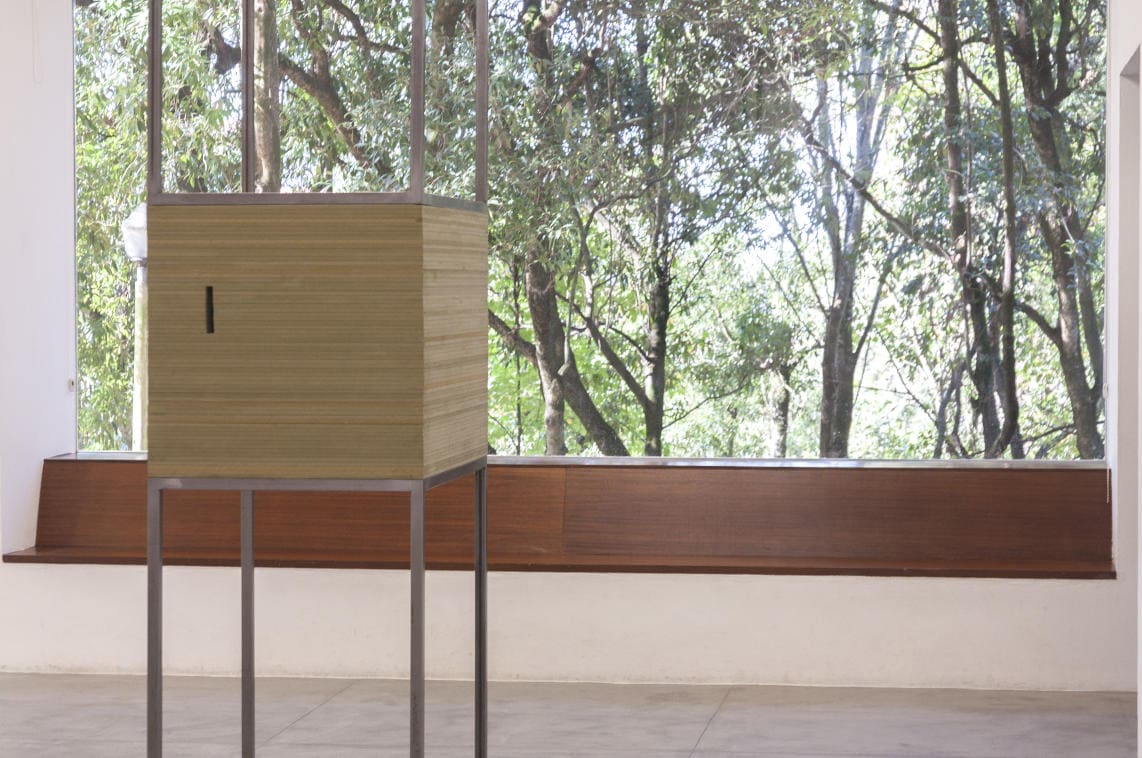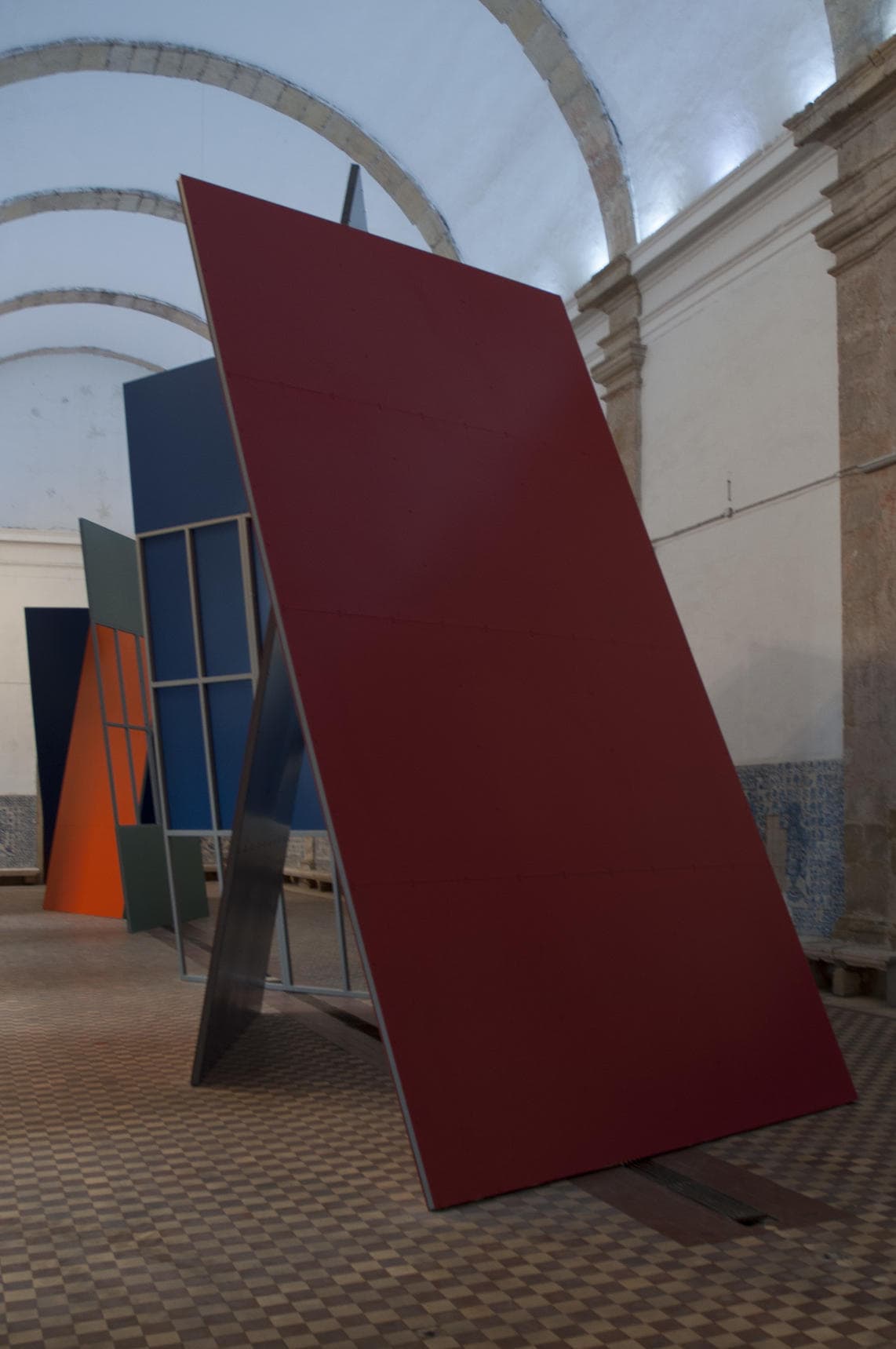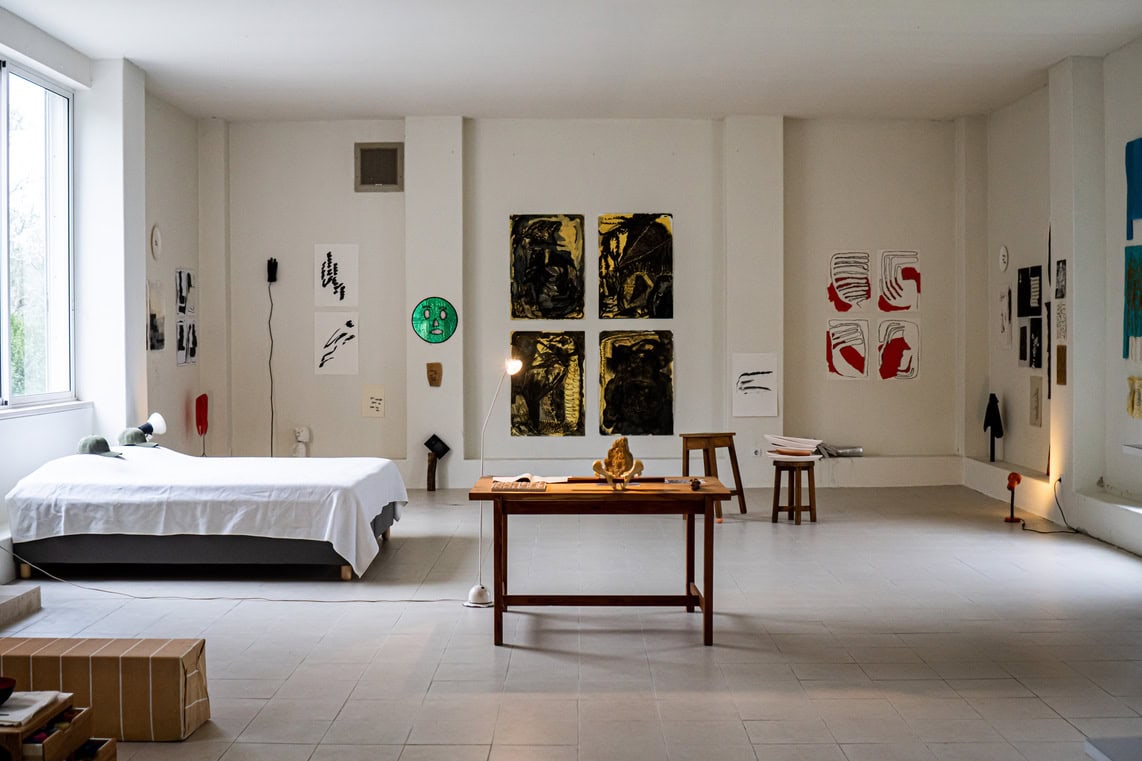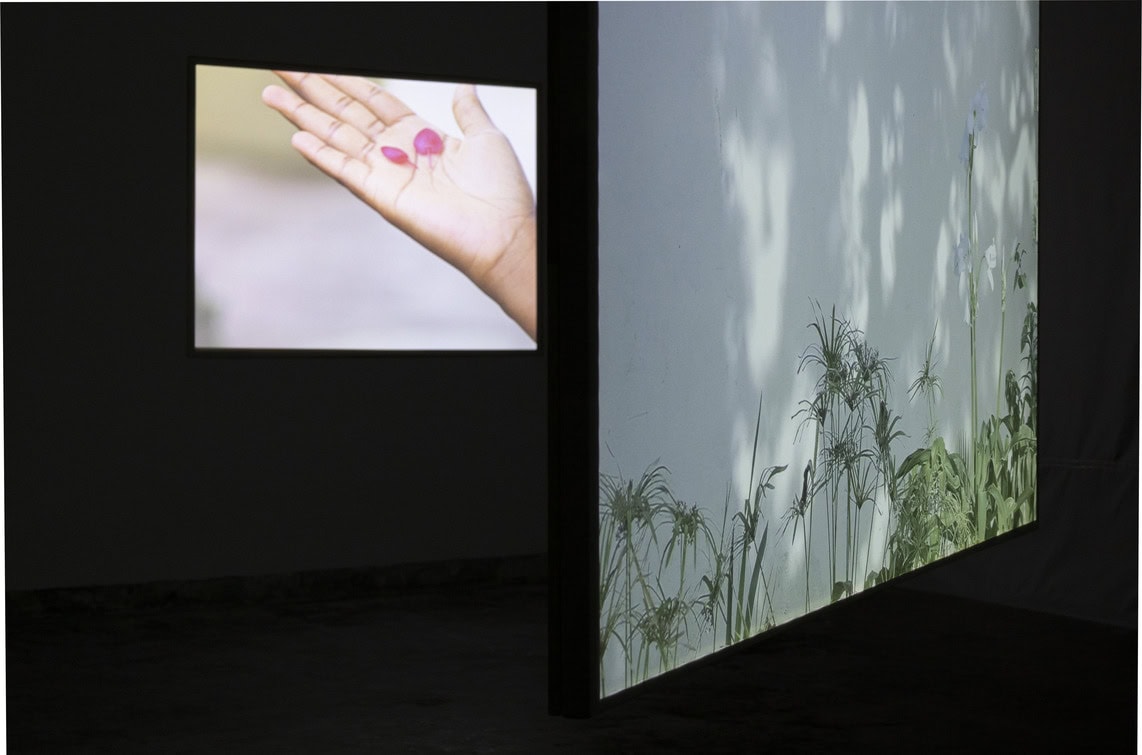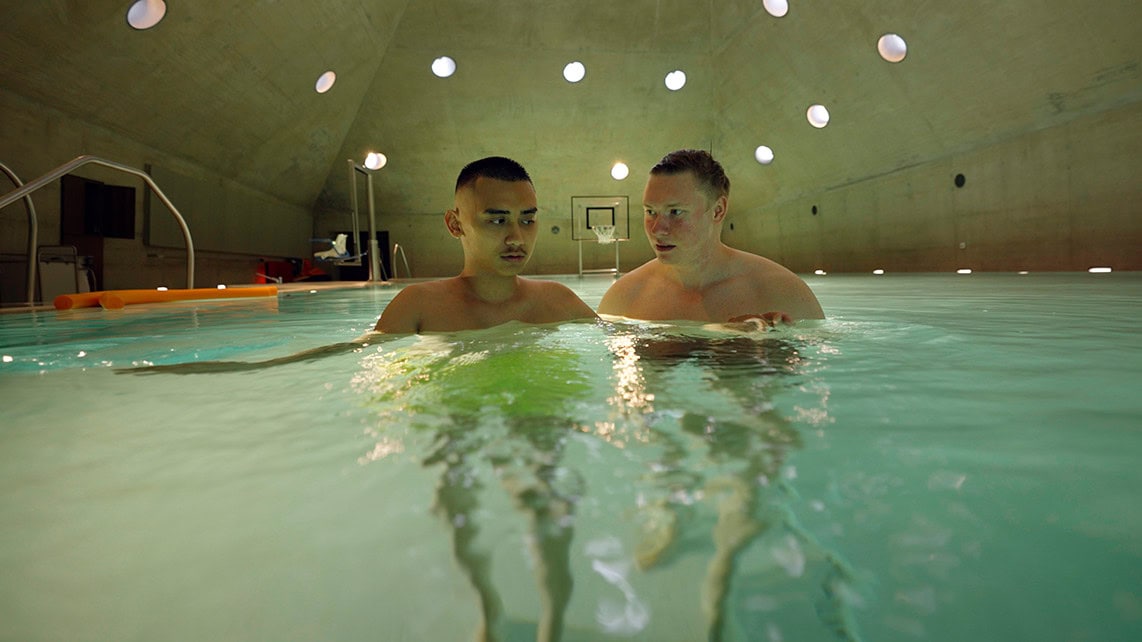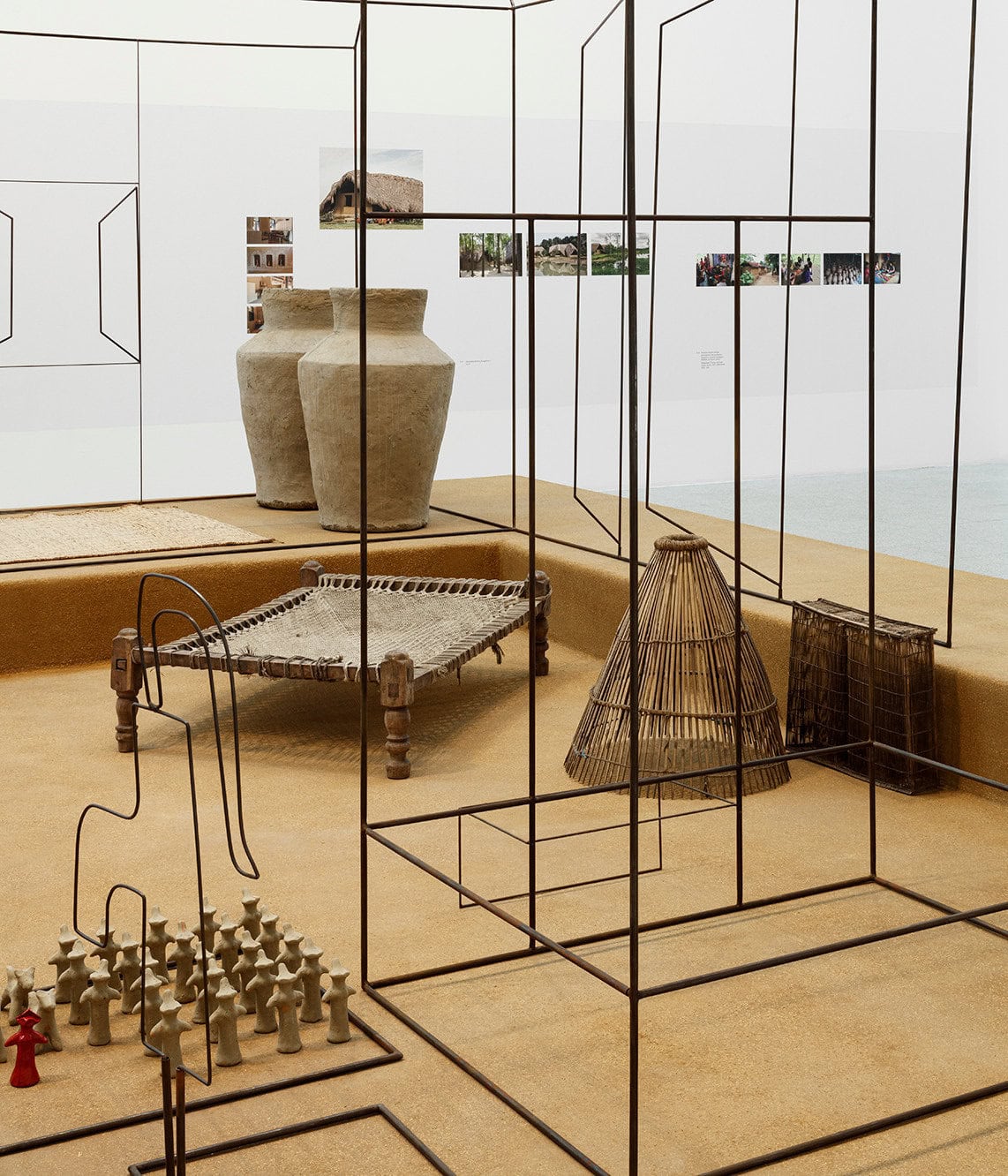“A map is a tool that allows us to discover an unknown territory, a code to understand new places, new knowledge and new worlds. It also allows us to label: through map readings, we label and create data sorting systems”.
Based on the definition of a map at the entrance of the exhibition ProjectoMAP 2010-2020. Map or Exhibition, ProjectoMAP or Map of Portuguese Artists appeared in 2010, in an initiative of a collective of curators just arrived in Portugal. The aim was to map the universe of Portuguese contemporary art and understand its cartography. After ten years of work and research, this map is presented to us in the exhibition ProjectoMAP 2010-2020. Map or Exhibition, curated by Alda Galsterer and Verónica de Mello, at Museu Colecção Berardo, Lisbon.
The methodology of this map has its roots in the exhibition Freunde-Friends-Fründ, in Kunsthallen Bern and Düsseldorf, in 1969. Harald Szeemann and Karl Ruhrberg, commissioners of the exhibition, proposed to present the personal universe of four artists – Daniel Spoerri, André Thomkins, Karl Gerstner and Dieter Roth – bringing together their friends and the friends of the latter. The exhibition had more than 50 participants and more than 400 pieces by Josef Albers, Arman, Joseph Beuys, George Brecht, John Cage, Christo, Marcel Duchamp, Méret Oppenheim and Günther Ücker, among others.
The starting point was the exhibition model driven by Szeemann and Ruhrberg. Thus, ProjectoMAP proposed that each of the four artists initially chosen (first generation) – Ana Pérez-Quiroga, João Paulo Serafim, Pedro Barateiro, Sara & André – suggested two names to add to the map (second generation). Then these two artists chose two other names (third generation) and so on, making the map grow exponentially. This cartography is a web of affinities, where artists legitimize each other from their network of relationships, nomination after nomination, generation after generation until the tenth. Ten generations in ten years.
Presented in the form of an online interactive map, ProjectoMAP is a vast database of over 360 Portuguese contemporary artists. In the last ten years, visits to studios have been organised and artists, curators, museum directors and gallery owners have been interviewed. These are now documented in the exhibition, alongside works by MAP artists.
According to the curators, the project shares the spirit mentioned by Harald Szeemann in an interview in 1995: to create a “new world” and to avoid basic documentation. It is an open exhibition, a living organism that allows understanding not only the artistic scene in Portugal, but also the various forms of mapping.
Organised in different “hives”, each corresponding to every two generations, its rhythm is marked by different moments essential to the project’s understanding. A first moment presents the primary exhibition Freunde-Friends-Fründ; a second moment is dedicated to the idea of map and mapping, associated with works by Miguel Palma, Pedro Cabrita Reis, Mafalda Santos and Sara & André; a third moment presents catalogues of most MAP artists, an essential tool for presentation and research in contemporary artistic production; and a fourth moment shows the interviews made over the ten years of the project.
Symbolically placed at the entrance of the exhibition, the piece Árvore by Alberto Carneiro represents metaphorically the ProjetoMAP. It is a tree whose branches grow exponentially and infinitely, in a tribute to the artist whose studio was the first to be visited.
Representing the first and second generations, there are works by Sara & André, João Paulo Serafim, Pedro Barateiro, Ana Pérez-Quiroga, Ramiro Guerreiro, Rodrigo Oliveira and Joana Craveiro. Curiously, specifically for this exhibition, the first pair of artists created an ironic map, drenched in their ever so typical humour, one that invented “Briefs of 39 famous artists (d’après Frank Gaard)”. João Paulo Serafim speaks to us about ways of seeing, through Rembrandt no Acervo do Museu Improvável / MIIAC. Pedro Barateiro’s Self refers to the universe of self-portrait and Breviário do Quotidiano #2: Índia by Ana Pérez-Quiroga questions the museum’s “sacred” character.
In the third and fourth generation hive there are works by Ângela Ferreira, Ana Vieira, Rui Chafes, João Queiroz, Helena de Almeida, Ana Jotta, among others. It is important to highlight Ângela Ferreira’s photograph Hotel da Praia Grande (O Estado das Coisas), an allusion to women’s artistic freedom. It is flanked by works by Ana Vieira and Helena de Almeida, major female names in Portuguese art. The languages of Graça Pereira Coutinho, Paula Rego and Ana Hatherly intersect and meet in the hive of the fifth and sixth generations, alongside works by José Pedro Croft, Nuno Sousa Vieira and Carlos Bunga, who challenge the various dimensions of space and its architecture.
Musa paradisiaca, Carlos Lobo, André Cepeda, Gabriela Albergaria, Paulo Brighenti, Ernesto de Sousa, among others, are the seventh to eighth generations. The chosen works make us question the gaze and thought formulated through the gaze. For instance, Desenho – Escultura by Gabriela Albergaria brings the two disciplines closer together by continuing the drawing of the tree branch placed vertically with coloured pencils on paper. On the other hand, the stoneware coated with pigment of Sem título #2 (da série pai), by Paulo Brighenti, hides the conch we imagine on the back of the sculptural object. Ernesto de Sousa intervenes in a book by José Augusto França, transforming it into a landscape whose topography is shaped by its pages.
Finally, António Bolota’s Untitled sculpture is placed with effort in the gallery space, given its huge dimensions. The tension between the piece and the venue can be a metaphor for the infinite size associated with MAP. Beside it, representing the ninth and tenth generations, we find works by Ana Vidigal, Diogo Bolota, Jorge Molder, Margarida Correia, Nikias Skapinakis, Bruno Cidra, Joana Vasconcelos, Mané Pacheco, etc.
In addition to all the speakers mentioned, the viewer is also part of this project. He is permanently called to the construction process of the exhibition. Not only through the invitation to enter the exhibition, which encourages him to build his own map, collecting the biographies of the artists chosen by him and archiving them in his personal folder, but also through the questions spread throughout the exhibition, which he answers naturally throughout the visit.
After the exhibition, the 16 interviews of the project, with Paulo Pires do Vale, Maria João Gamito, Filipa Oliveira, João Silvério, Maura Marvão, Miguel von Hafe Pérez, Nuno Centeno, Gabriela Vaz-Pinheiro, Ana Pérez-Quiroga, Jorge Molder, Sara & André, Luísa Santos, Joana Vasconcelos, Julião Sarmento, Sara Antónia Matos and Penelope Curtis, will be made available online. A book will also be published with the records of all the contents collected during these ten years of research.
ProjectoMAP, as a mapping of connections and affinities, may be an important tool for the knowledge of art history in Portugal. As Sara Antónia Matos says in her interview, “the map is not a solution, it is a diagnosis”. A diagnosis that includes all the issues of the Portuguese artistic scene in the last ten years, such as the colonialist historical past or even gender issues.
The exhibition ProjectoMAP 2010-2020. Map or Exhibition, curated by Alda Galsterer and Verónica de Mello, is a unique document. It is at Museu Colecção Berardo, Lisbon, until 10 January 2021.
